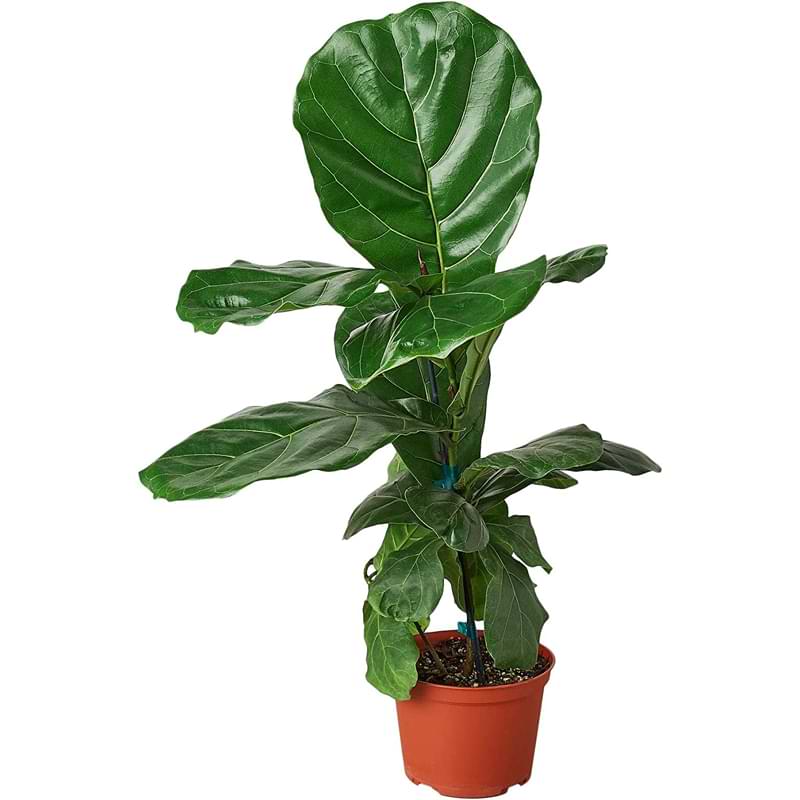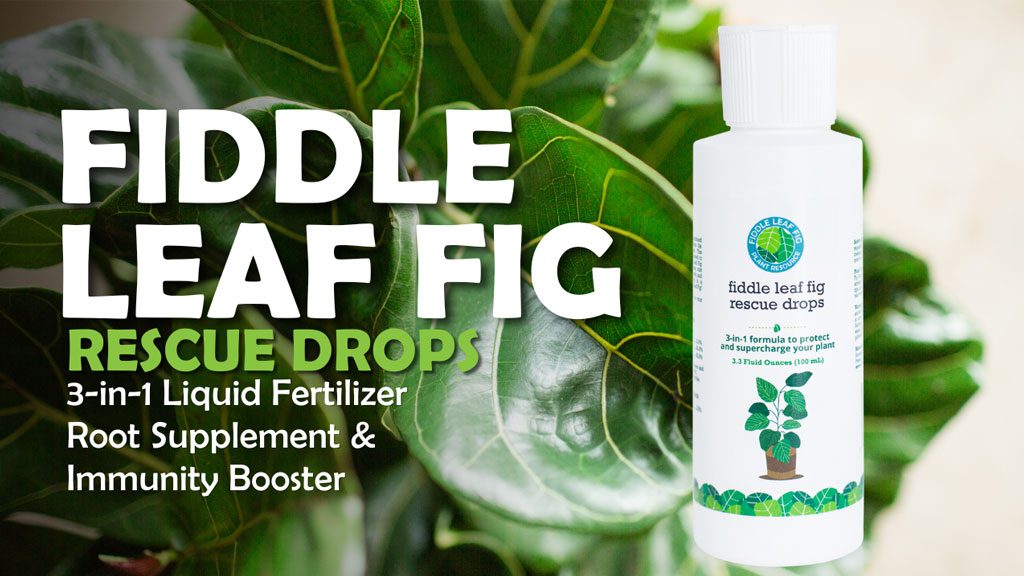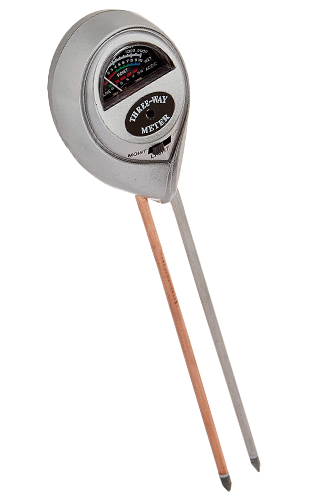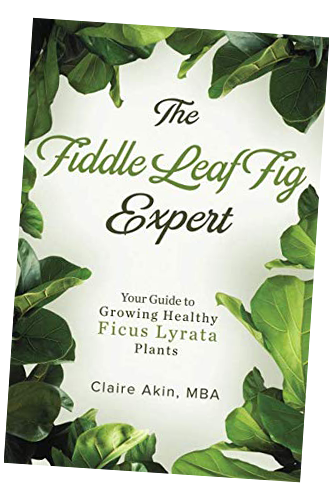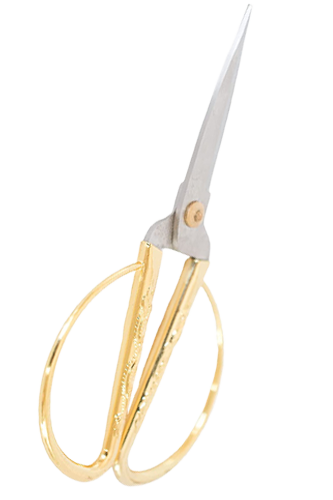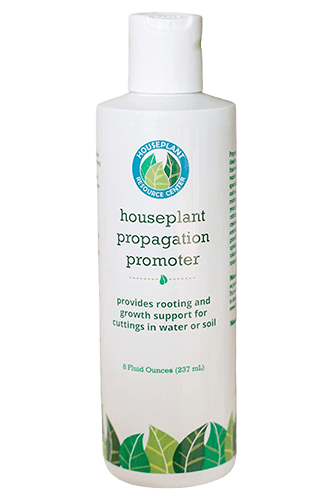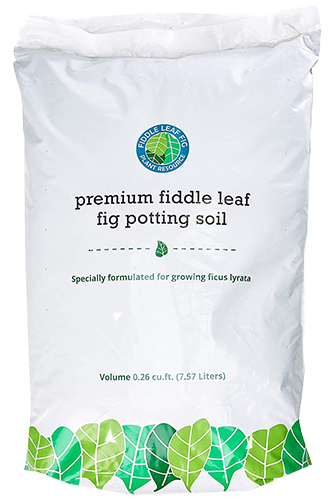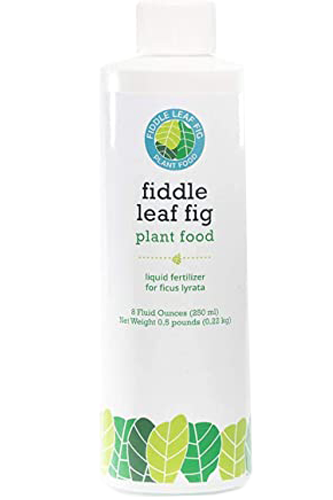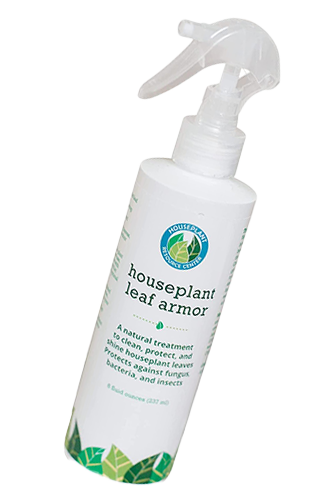How to Shop For Fiddle Leaf Fig Trees in Store and Online
Today we’re talking about how to identify the best fiddle leaf fig plant when you’re at the local garden center or home improvement store.
The choices can be overwhelming.
There’s often a variety of sizes, shapes, and conditions from which to choose.
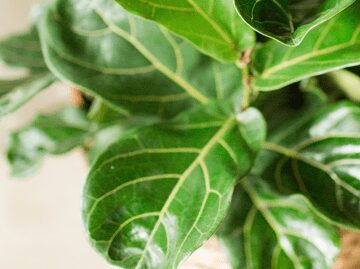
Elevate your indoor greenery with style—shop for fiddle leaf fig plants and bring a touch of nature’s elegance to your home.
Choose the Healthiest Fiddle Leaf Fig in 5 Steps | How to Shop for Fiddle Leaf Fig Plants Online
- Check the condition of the leaves. Do any of them have brown spots?
- Look at the shape and the size of the leaves. Are they small, dusty, curling, or drooping, or are they large, shiny, and strong?
- Look for new growth. The ideal plant has enough energy to be sprouting new leaves.
- The new growth should be in good shape. Pass up a struggling bud in favor of a bright, happier-looking new leaf.
- Pull out your mobile phone’s flashlight feature and check in the nooks and crannies for teeny tiny bugs. Remember, if you see anything, just tell the garden center and pass it up.
But, you know, these days you don’t even have to go to the store.
Discover the perfect addition to your plant collection when you shop for fiddle leaf fig plants, known for their majestic presence and vibrant foliage.
If you are considering purchasing fiddle leaf figs online, use this guide to asses the health of your plant.
The first thing to know is that every online retailer of live plants packages their product differently.
That means you have no idea how deep a knife will go before making contact with live tissue. That’s why a super sharp knife is of utmost importance. It just ensures that you use the least amount of pressure possible, reducing the risk of a slip-up.
My first fiddle leaf fig package has a protective layer of Bubble Wrap. Believe it or not, this is not standard practice, it’s superior. And I’m thankful for that extra safeguard.
Next, there is masking tape covering the soil, so I can tip them upside down and no dirt falls out. It’s just smart.
The tiny, immature fiddle leaf figs that I ordered stand about 2 inches tall and cost me between $4 and $5 apiece. If I treat them well now, then they will treat me well later on. I cannot wait to give them the best care possible.
Transform your living space into a botanical haven; explore our selection and shop for fiddle leaf fig plants to add a contemporary charm to any room.
Unboxing a more mature two-footer plant means I need to go about it a different way.
Again, the importance of a sharp knife is key here. The packaging is tight enough that I can’t wiggle my arms down far enough into the box to grab that pot to pull it out.This means you will need to cut away the box instead of reaching down to pull the pot and the plant out.
Using my X-Acto knife, I apply very light pressure down the side of one corner. Not all the way down to the bottom, but just to the pot. This allows me to open one side like a door. Now you can pull the pot out of the box.
As I take it out of its package, I am assessing its weight to determine just how wet the soil might be. Tiny, brown-colored spots on those upper leaves had caught my attention. In a bit, I will disturb them to see if they move. Because, if they do, then they are probably spider mites.
But I’m getting ahead of myself.
It’s time to liberate this beauty from its packaging.
I’m taking assessment of this plant much more seriously than the little babies. That’s not just because it’s five or six times the price, but also because, at this stage, it’s got a lot more foliage to inspect for evidence of problems.
Now, as you pull away the tape and paper, don’t be surprised if loose dirt falls into your working surface. This is always an exciting moment when you find that there are no obvious signs of distress.
One thing nurseries always include is a stake.
If the plant stands up on its own with slight pressure to the trunk, then you don’t need the stick to prop it up. In fact, you’ll weaken the trunk if you let it rely on that stick needlessly.
Give your plant a test wiggle to see how it snaps back into an upright position. I’ve been quite pleased with this particular size of fiddle leaf fig from online retailers. It’s the older, mature ones that have given me trouble.
Up next is unpacking a four-footer.
At first, I was delighted by what I saw: minimal, if any, curled, dry, or brown spotted leaves, and a ridiculously robust, thick trunk.
A few of what looked like fruit flies emerged with the tree. So that means fungus gnats. I unwrapped the plant and began inspecting from the roots up.
I know from experience that white fly larvae occupy the top 2 inches of soil. But they’re microscopic, so if there is a problem, I knew I would only be seeing the adult fungus gnats. And saw them I did.
As I move upward in my strategic inspection, I notice the roots sticking out of the top of this soil.
With other houseplants, this is an indication of the need to repot. But our ficus lyrata, however, just rolls this way naturally. So you don’t need to worry about exposed top roots on this particular plant.
Next, again, I observe a thick, strong trunk. Excellent. Now, you may be wondering why this trunk is naked while the last plant I unboxed looked like a bush. This one is more of a tree shape.
The answer is simple, but, again, you’ll need to read another post on our site entitled Pruning and Shaping Your Fiddle Leaf Fig Plant to Keep it Healthy. That helpful article will show you what to expect at the various ages and stages of your favorite plant, and how it turns from a bushy bush into a stately tree.
Now it’s time for me to look at the foliage. One thing I see here is a little hole in one of the leaves, which appears to be an injury. So it’s not some insect’s lunch. It won’t repair itself, but this hole won’t grow bigger either.
Now, to inspect the top leaves, I’ll put the plant down here so I can reach them. And, once again, I’m delighted to find some new growth here, the number-one indication of a thriving plant.
I rely on this clue to comfort me if the plant goes into shock as I acclimate it to its new home. And the best part about this new growth is that it’s characterized by big, new leaves, not small, anemic, or reluctant little shoots. They just give me confidence as a caregiver.
The final thing I see here is loose dirt everywhere. It’s covering many of the leaves and branches. So this plant just needs a shower. And since my goal is to mimic its original homeland in tropical West Africa, I use 75-degree water and hope the tree appreciates my hospitable touches like this as it acclimates to its new life here with me.
Thank you for learning more about how best to shop for a fiddle leaf fig online or in a store. Once you get your plant home, be sure you know how to take proper care of it. Happy growing! Spruce up your interior design effortlessly—visit our store and shop for fiddle leaf fig plants to introduce a statement piece that complements any decor. Unleash the beauty of nature within your home by choosing to shop for fiddle leaf fig plants—a timeless and sophisticated choice for plant enthusiasts.
Grab the Essentials for Your Fiddle Leaf Fig as you Shop for Fiddle Leaf Figs:
- Premium Fiddle Leaf Fig Potting Soil
- Fiddle Leaf Fig Plant Food
- Root Rot Treatment
- Houseplant Leaf Armor to protect against insects, bacteria, and fungus (As an added bonus, it also cleans and adds shine to your plant’s leaves!)
- Moisture meter to always know when your plant is thirsty.
To learn more:
- To learn more, sign up for our free Fiddle Leaf Fig Care 101 Webinar for advanced fiddle leaf fig care.
- Make sure you’re subscribed to our newsletter.
- Read The Fiddle Leaf Fig Expert, your complete guide to growing healthy fiddle leaf fig plants. The book is available in full-color paperback or Kindle edition on Amazon now!
- Click to join our community on Facebook: Fiddle Leaf Fig Plant Resource Group.

